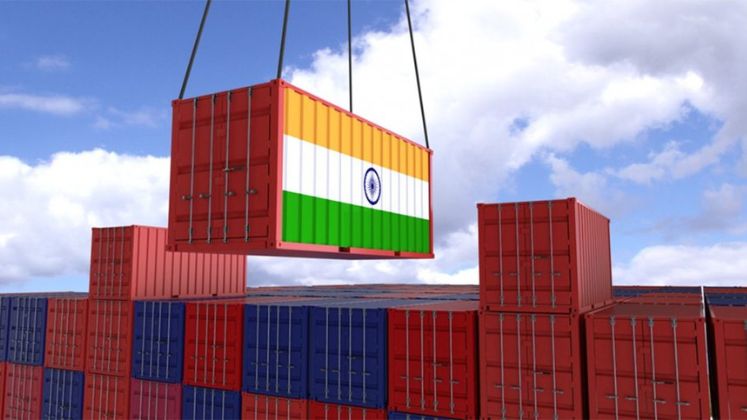India’s pharmaceutical industry has emerged as a global powerhouse, often referred to as the “Pharmacy of the World.” From its dominance in generic drug production to its growing prowess in vaccines and biosimilars, the Indian pharma sector plays a pivotal role in global healthcare. This blog delves into the industry’s remarkable journey, examines recent trends, and highlights its future potential, drawing on developments over the past three to six years.
India’s Leadership in Generic Drugs and APIs
India is the world’s largest supplier of generic medicines, accounting for over 20% of global exports by volume. Its cost-efficient production capabilities and adherence to international quality standards have made it a reliable partner for countries worldwide. In addition, India produces 62% of the global demand for vaccines and is one of the top manufacturers of Active Pharmaceutical Ingredients (APIs).
Key Statistics:
- Generic Drugs: Indian generics save billions of dollars annually for healthcare systems in developed and developing countries.
- APIs: India exports APIs to over 150 countries, including the United States, Europe, and Japan.
Global Analysis: Recent Trends and Growth
The pharmaceutical industry has demonstrated resilience and adaptability in the face of global challenges, including the COVID-19 pandemic. During this period, Indian manufacturers ramped up vaccine production, contributing significantly to global immunization efforts through initiatives like COVAX.
Key Developments (2018-2023):
- Vaccine Leadership:
- India’s Serum Institute became the largest producer of COVID-19 vaccines, supplying billions of doses globally.
- API Independence:
- The government launched initiatives to reduce dependency on Chinese imports for APIs, investing heavily in domestic production.
- Export Growth:
- Pharma exports grew from $19 billion in 2018 to over $25 billion in 2023, driven by demand for generics and biosimilars.
- Emerging Markets:
- Expansion into Africa, Latin America, and Southeast Asia has diversified India’s export destinations.
Regulatory Challenges and Solutions
Navigating international regulatory frameworks remains a critical challenge for Indian pharmaceutical companies. Different regions have stringent standards, such as FDA requirements in the United States and EU regulations in Europe.
Strategies for Compliance:
- Strengthening Quality Control:
- Investing in advanced manufacturing facilities to meet global standards.
- Collaborations:
- Partnering with international firms for technology transfers and co-development.
- Training and Development:
- Regularly upgrading workforce skills to adapt to evolving regulations.
Industry Insights: A CEO’s Perspective
In an exclusive interview, the CEO of a leading Indian pharma company shared insights into the challenges and opportunities of penetrating international markets. According to the CEO:
- On Competition: “Competing on quality and innovation, not just cost, is the key to sustained global success.”
- On Future Focus: “R&D investments in biosimilars and personalized medicine will define the next decade.”
Future Trends: Biosimilars and Vaccine Exports
The global demand for biosimilars—complex biological drugs—is growing rapidly, offering a lucrative avenue for Indian manufacturers. Additionally, India’s vaccine production capabilities, proven during the pandemic, position it as a critical player in future global immunization efforts.
Projected Growth:
- Biosimilars: Expected CAGR of 15% through 2030, with India leading due to its cost advantage and technical expertise.
- Vaccines: Increasing demand for vaccines against diseases like malaria and HPV offers new opportunities.
Export and Import Dynamics
India’s pharmaceutical exports dominate its trade, but the country also imports raw materials, primarily from China, for certain APIs.
Country-Wise Export Highlights:
- United States: Largest market, accounting for over 30% of exports, driven by generics.
- European Union: Strong demand for APIs and biosimilars.
- Africa and Latin America: Growing markets for affordable medicines and vaccines.
Key Import Insights:
- China: Supplies over 60% of raw materials for APIs, highlighting the need for self-reliance.
R&D and Innovation: Driving Future Success
Research and Development (R&D) is the cornerstone of India’s pharma growth. Companies are increasingly investing in innovation to develop complex generics, biosimilars, and novel drugs.
Focus Areas:
- Biosimilars: Developing cost-effective alternatives to biologics.
- Digital Health: Leveraging AI and big data for drug discovery and personalized medicine.
- Global Collaborations: Partnering with universities and research institutions for cutting-edge innovations.
Conclusion
India’s pharmaceutical industry exemplifies the country’s ability to combine affordability with quality, addressing global healthcare needs effectively. As the world’s largest supplier of generics and a rising leader in vaccines and biosimilars, India is poised to shape the future of global healthcare. With continued focus on R&D, regulatory compliance, and market diversification, the industry is well-positioned to sustain its upward trajectory and revolutionize healthcare worldwide.



